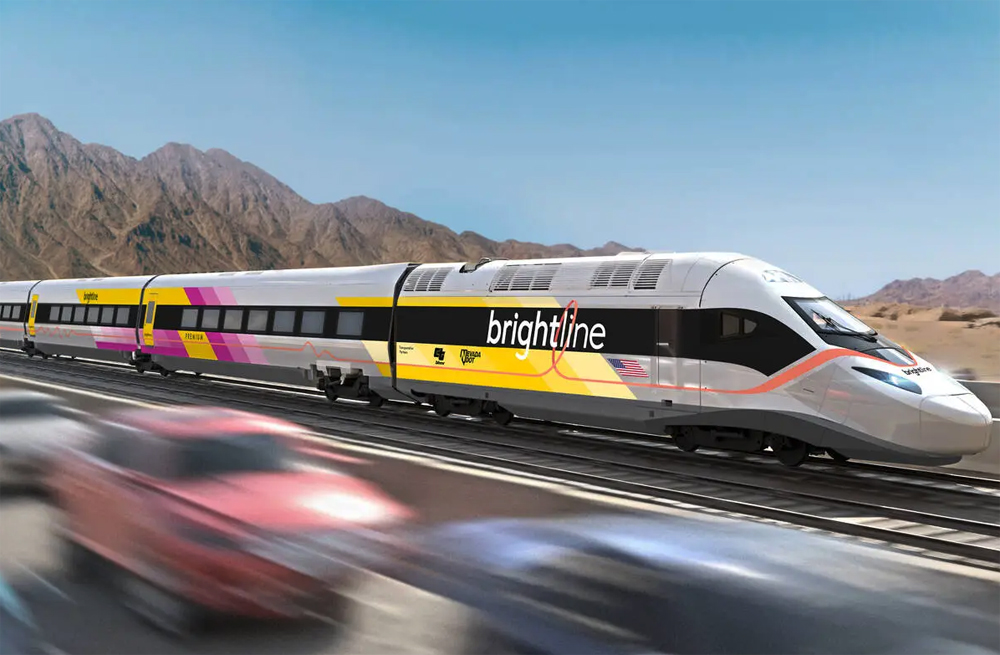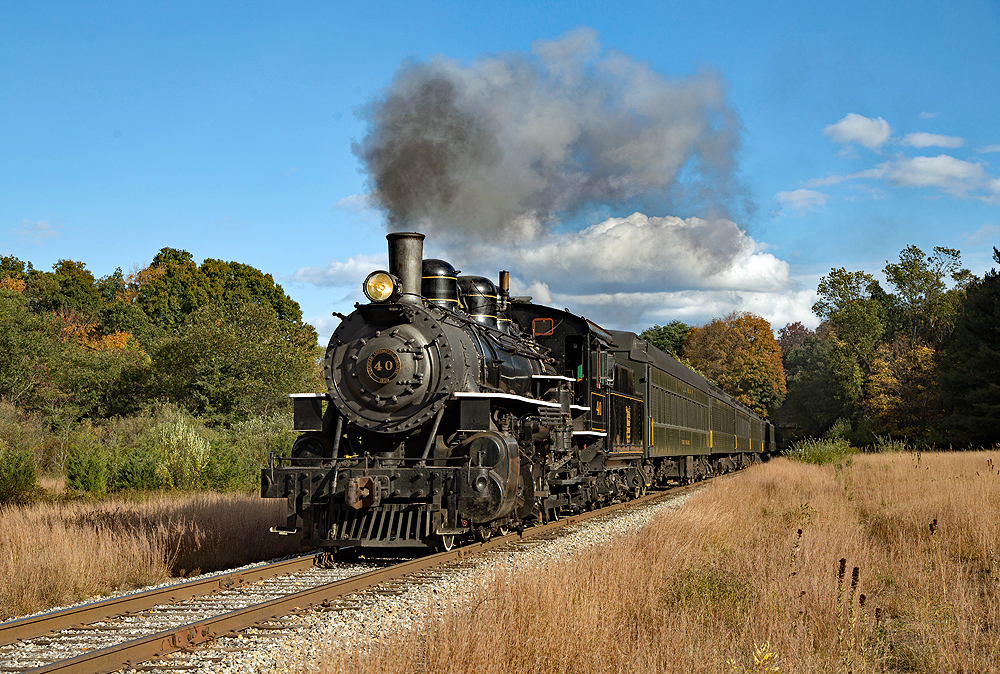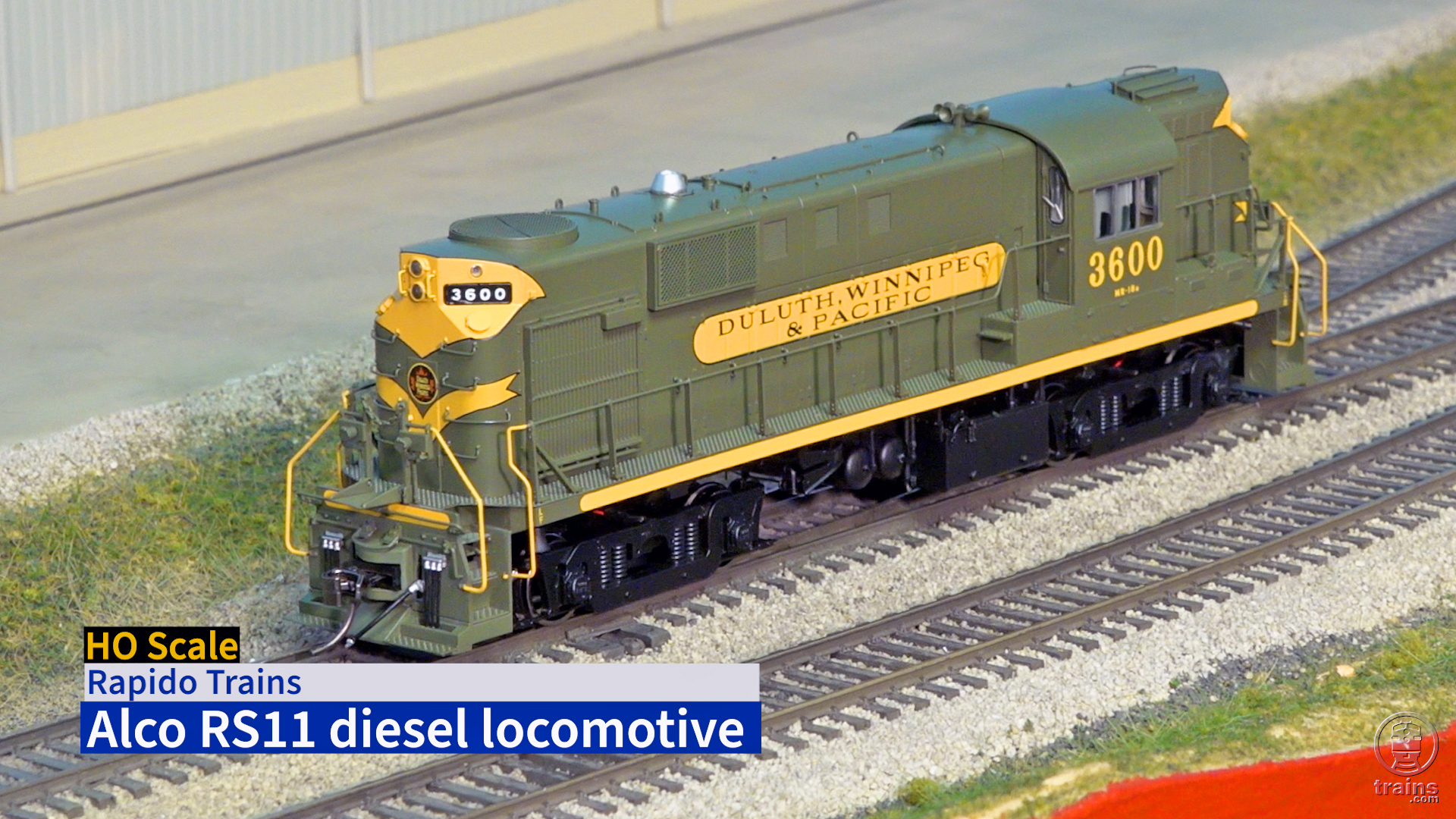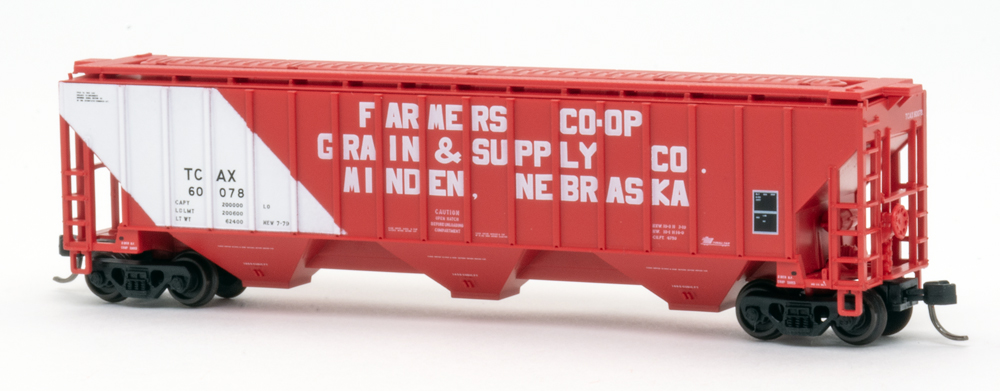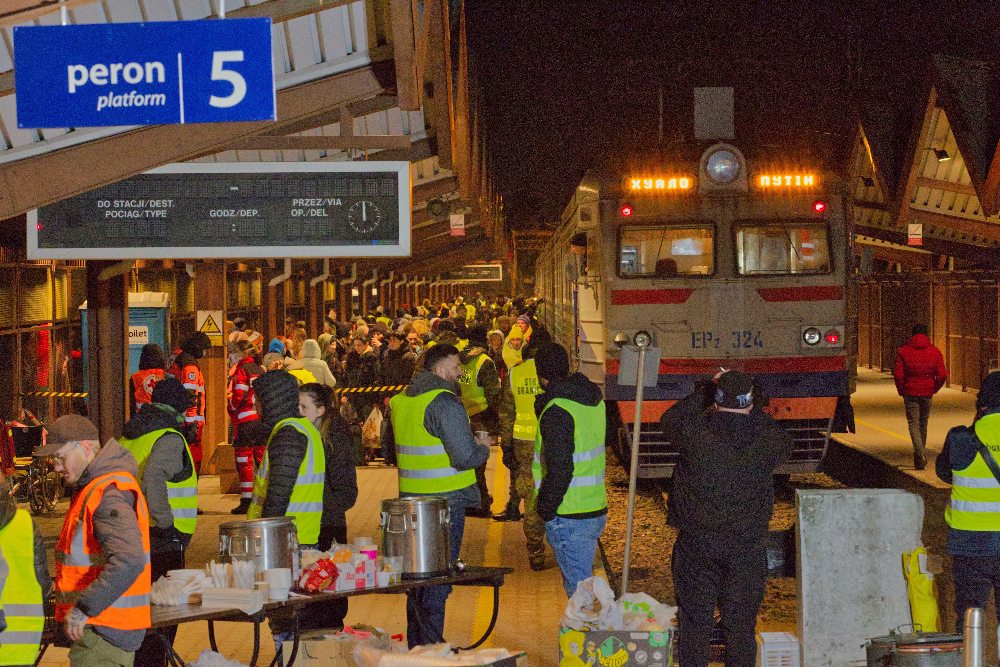
Trains News Wire’s review of the top stories of 2022 continues. We’ll count down the Top 10 stories of the year, as voted on by Trains editors, columnists, and correspondents, beginning Monday, Dec. 26. Today, we asked our European correspondent, Keith Fender, to look at what he considers the year’s top international rail stories.
At the beginning of 2022, the rail industry around the globe was looking forward to recovery from the COVID-19 pandemic that had disrupted lives, economies, and freight and passenger rail around the world. In late February, Russia invaded neighboring Ukraine, and the crucial role of railways in war became an international story for the first time since World War II.
Elsewhere, the rail industry continued to invest, with new high speed routes opening in Spain, Germany and China. And the first post-pandemic edition of global rail trade show InnoTrans, held in Berlin in September, showcased new trains using battery and hydrogen power in place of diesel.
War in Ukraine
Russian forces invaded Ukraine from Russia and its neighbor Belarus on Feb. 24 and encountered unexpected and well-organized resistance, leading to heavy fighting but no quick victory.
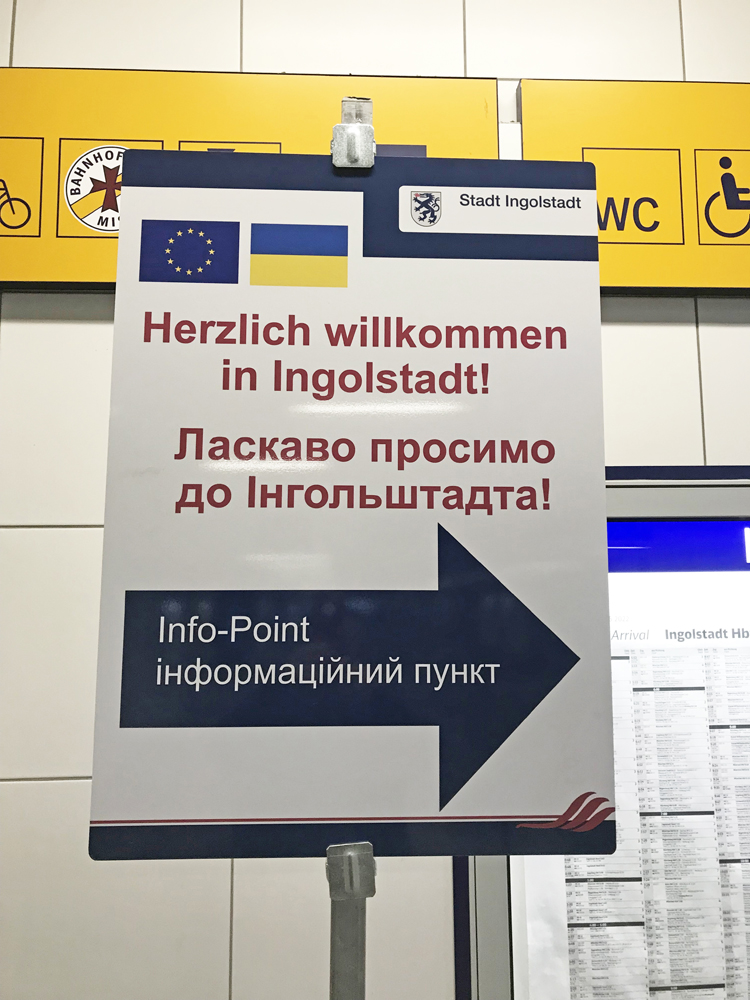
The invasion led to the biggest movement of refugees in Europe since World War II. Most of the Ukrainian women and children fleeing west to neighboring Poland, Germany, and other European countries went by train. Ukrainian national rail company Ukrzaliznytsia (UZ) ran special trains to the Polish border in particular, where — thanks to track changing from the Soviet 5-foot (1520mm) gauge to standard gauge —the people onboard had to change trains. The refugees — over 2.3 million travelled via trains in Poland alone — were helped with free rail travel across Europe, and most major stations in Europe established reception centers for new arrivals. Most of these are still in place, although the number of new arrivals are now low, despite Russia’s targeting of heating and water systems in Ukrainian cities this winter.
As the war progressed, railways became crucial for both sides. Russia’s army has long relied on rail for military logistics, and before the invasion had around 28,000 specialist railway troops organized in 14 brigades, according to public sources. These units not only run trains but also rebuild damaged infrastructure, and reports suggest they have been doing both in Ukrainian territory occupied by Russian forces. In autumn, when Russia announced a partial army draft of civilians, a group of employees of Russian state rail company RZD reportedly volunteered to join the army. Whether they are involved in rail operations (or indeed actually volunteered) is not known.
Other than the big southern city of Kherson, most cities captured by the Russians sustained heavy damage, and the rail system was a prime target in the fighting. As Ukraine has recovered territory, first north of the capital Kyiv and later in the east and south (including Kherson in November), the railways have been damaged, repaired, and sometimes damaged again. Multiple times, especially since November, Russian missiles have targeted UZ rail infrastructure, particularly equipment used to power the mostly electrified system. Key bridges have been targeted by both sides; Russian missiles damaged the Pidyomnyy Mist bridge west of Odesa in April, whilst Ukrainian forces were likely behind an attack on the bridge linking Crimea, seized by Russia from Ukraine in 2014, to southern Russia. That attack in October damaged the parallel road and rail bridges; full repairs are unlikely to be complete until late 2023.
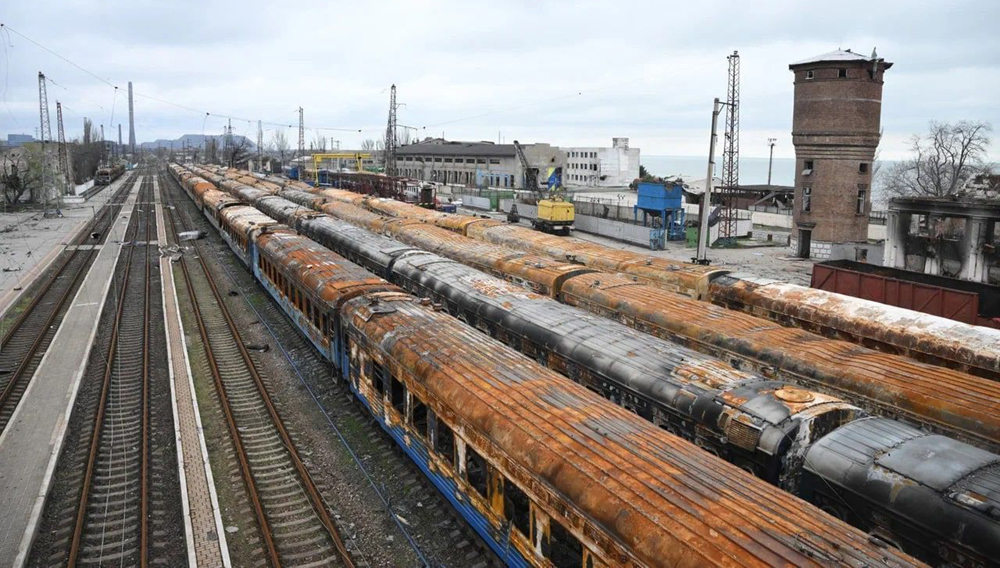
The Ukrainian railway network rapidly became the country’s lifeline, as flights were grounded and travel by road became both dangerous and difficult due to fuel rationing. As well as trains taking around 3 million people west, freight services have brought in aid, both humanitarian and military, from the rest of Europe. As flying, even in military planes, is too dangerous, a stream of international leaders and politicians have traveled by train from Poland to visit Ukrainian President Volodymyr Zelensky in Kyiv. Those making the trip include U.S. Secretary of State Anthony Blinken and Defense Secretary Lloyd Austin, as well as House Speaker Nancy Pelosi on a separate trip. The Ukrainian government sees this VIP train as part of its diplomatic efforts and the food onboard is being made by one of the country’s top chefs!
Russia’s decision early in the war to stop merchant shipping from Ukrainian ports threatened to keep much of Ukraine’s 2021 grain harvest from reaching consumers, especially in Africa. This led UZ and western European rail operators to transport grain west by rail, sometimes using modified containers to enable easier transhipment where the track gauge changes. UZ has reopened multiple international lines during 2022, reconnecting its network with lines in Poland, Moldova, and Romania to allow more freight to move by rail. Austrian rail freight company ÖBB Rail Cargo Group moved over a million tons of grain westwards and to ports in other European countries in the nine months beginning in March.
Economic impacts of war are widespread
The economic effects of the war are being felt worldwide in the form of higher prices for goods and energy; even coal used by European heritage railways is much more expensive. Sanctions imposed by the U.S. and other countries have impacted Russia’s rail system, as parts for western-made trains are no longer available nor is engineering support. Before the war, both Siemens and Alstom ran depots with RZD for train fleets they had built. Siemens has since stopped delivery of new high speed trains for RZD and has placed into storage five completed but undelivered trains, while cancelling four that hadn’t been built. Pre-war, Ukrainian companies made components such as railway wheels and supplied raw materials used by the European rail supply industry; disruption to this supply chain has led to new trains being delivered later than planned and costs increasing across the globe, not just in Europe.
The war has reshaped global logistics, as many companies which had been shipping goods from China to Europe (or vice versa) by train via Russia have switched to other routes. There is no continuous rail route between China and Europe that avoids Russia, except those that also require use of ships across the Caspian Sea and Black Sea via Central Asia and then Azerbaijan/Georgia. As this is more expensive and time consuming, many shippers have gone back to using ships all the way from Asia to Europe. There are western sanctions on RZD but these are mainly limited to financing; there is no general prohibition for European firms from using RZD services, although many have chosen not to. In some cases, individual countries such as Finland or Estonia that directly neighbor Russia have decided to stop rail traffic. In the case of Lithuania, which is bordered by the Russian Baltic Sea exclave of Kaliningrad and Russian ally Belarus, trains still run as mandated by longstanding agreements, but what they can carry is now restricted by European Union sanctions.
Trending: strikes, high speed rail, alternative energy
Despite the negative impacts of the war and aftereffects of the COVID-19 pandemic, the rail industry has continued to see high levels of investment in many countries. However, rising prices for energy and food led to lots of railway strikes, too, across Europe in particular, as rail unions sought better deals for rail workers. In Britain, widescale strikes shut down the system —now mostly run by the government again, directly or indirectly, after the 1990s-era privatization was unwound during the COVID pandemic. The strikes continuing on multiple days in late 2022, with the prospects for a quick solution in 2023 not looking good.
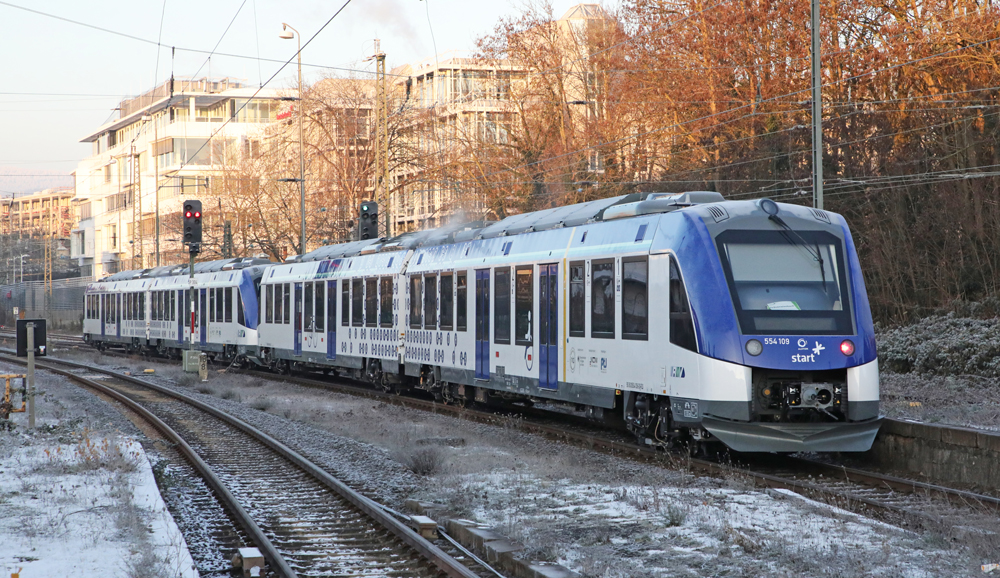
New high speed routes opened in 2022 in China, Spain, and in December in Germany, where the first 37.25-mile section debuted of a new high speed line that will ultimately link Stuttgart with Munich; the section into Stuttgart itself and a new underground central station there will open in late 2025. In Britain, after much political debate and three changes of Prime Minister, the government decided to continue to fund the construction of the planned HS2 high speed route.
The world’s first commercial operation of hydrogen-powered trains began in Germany in July, and a second fleet of 27 Alstom iLINT hydrogen powered trains began operation around Frankfurt am Main in mid-December. During 2023, Germany will again lead the world, introducing large-scale fleets of battery-equipped EMU trainsets to bring electric train service to non-electrified lines.
(Links to earlier coverage are available below the photo.)
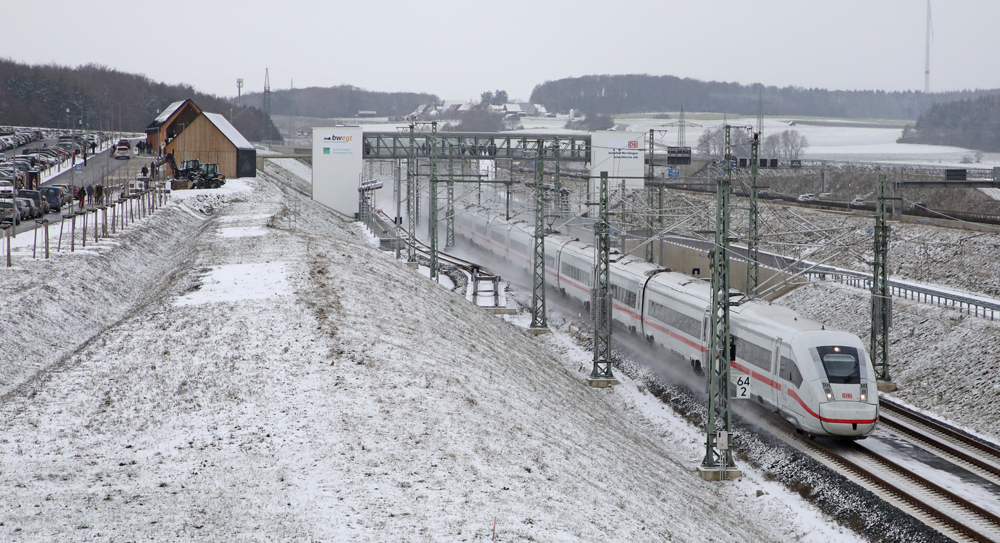
Additional News Wire coverage:
War in Ukraine
Ukraine war leads to coal shortage for British heritage steam, March 24, 2022
Russia steps up attacks on Ukraine’s rail network, disrupting food exports, May 4, 2022
Siemens leaves Russian market as result of Ukraine war, June 2, 2022
European rail line caught up in geopolitics stemming from Ukraine war, Aug. 2, 2022
Fuel freight trains to be given priority in Germany, Aug. 22, 2022
Europe’s railways help move Ukraine’s grain, Sept. 2, 2022
Rail bridge linking Crimea and Russia damaged in major explosion, Oct. 9, 2022
Ukraine rail update: Trains return to liberated cities, company CEO suggests steam as backup plan, Nov. 21, 2022
Other topics
Britain hit by biggest rail strikes since 1990s, June 21, 2022
Spain expands its high-speed network, adds competition, Aug. 19, 2022
New British government keeps spending on high speed rail, lets rail reforms slip, Nov. 25, 2022
World’s first hydrogen trains enter regular passenger service, July 26, 2022






